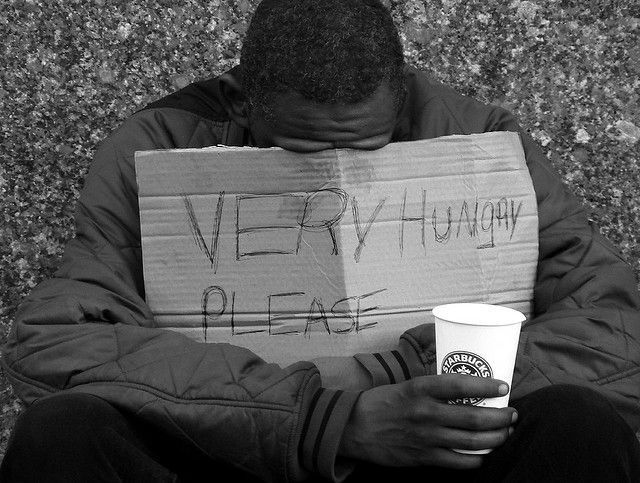A new analysis from the University of Wisconsin-Madison Applied Population Laboratory shows that poverty is on the rise in Wisconsin. In 2014, the most recent data in the study, the poverty rate reached 13 percent, which is the highest poverty rate in Wisconsin since 1984. The rate increased 20 percent in just five years between 2010 and 2014.
That study found that although 46 out of the 50 states in the nation saw a significant increase in total population living in poverty between the 5-year periods ending in 2009 and 2014, but poverty increased more dramatically in Wisconsin than in many other states.
Over 2010-2014, 239,000 children were living in poverty, or 18.5 percent of all children. That is a dramatic increase from the 14.6 percent of kids who were living in poverty in 2005-2009, and it represents an additional 50,000 children at risk for food insecurity, housing insecurity, poor educational outcomes, and lifetime disease risk due to poverty. Among all the states, Wisconsin ranks 20th on the prevention of child poverty. However, between the 5-year periods ending in 2009 and 2014, only 10 states had faster rates of increase in child poverty than Wisconsin.
Among all the states, Wisconsin faces some of the largest racial disparities in poverty. While the poverty rate for whites was 11 percent, the rate for African Americans was 39 percent, and 28 percent for Latinos — that’s a gap of 28 percent and 17 percent, respectively.
In fact, Wisconsin now ranks 49th out of the 50 states on the gap between black and white poverty rates. Race disparities in poverty are much larger than the disparities observed at the national level. Nationally, the gap between Blacks and Whites is 16 percentage points, and the gap between Latinos and Whites is 13 points.
Not only are disparities greater in Wisconsin, they are increasing over time at a faster rate than for the nation as a whole. For example, the gap between blacks and whites increased from 26 to 28 percentage points in Wisconsin, but the gap between blacks and whites held at 16 percentage points at the national level. The Latino-White gap increased from 14 to 17 points in Wisconsin, but rose only slightly from 14 to 15 points nationally.




























